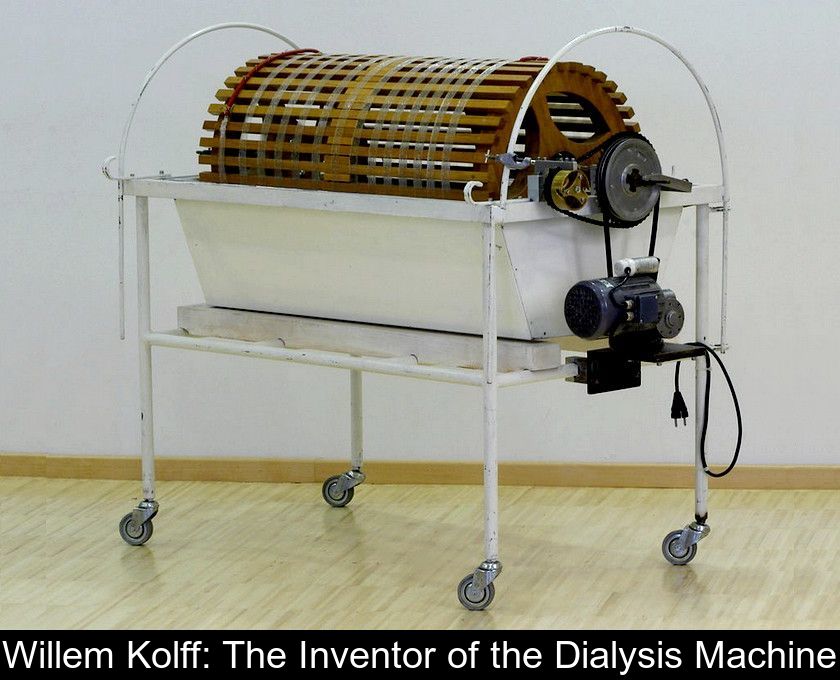Willem Kolff: The Inventor Of The Dialysis Machine
The dialysis machine, which has saved the lives of millions of patients suffering from kidney failure, was developed by Dr. Willem Kolff in 1943. As we mark the 80th anniversary of this medical innovation, we invite you to look back at the history of this revolutionary invention.
A brilliant but controversial idea.
Willem Kolff, born in 1911 in the Netherlands, was dyslexic and a rather poor student. Yet, his name has gone down in history as a genius medical inventor. He is now recognized as the father of the first artificial organ.
In 1938, at the end of his medical studies, he was traumatized by the death of a 22-year-old patient from acute renal failure. This led him to the idea of creating a machine to rid patients' blood of toxins and replace failing kidneys. If the kidney can no longer do its job, why couldn't a machine do it instead?
However, Dr. Kolff's revolutionary idea did not meet with unanimous approval among his peers. His colleagues did not believe in this method and strongly discouraged him from continuing his research.
The invention of the artificial kidney.
Despite the doubts raised by his intuition, Willem Kolff clung to his idea and cobbled together a rotating device in which the blood is thinned and filtered. His dialysis machine resembled a washing machine with a drum and used sausage casing as a membrane to purify the blood.
He funded his own experiments and, through perseverance, the young doctor developed the first prototype of an artificial kidney in 1943. At that time, the Netherlands was occupied by the Germans and materials were scarce.
It was not until 1945 that his invention, started three years earlier, was crowned with success. Dr. Willem Kolff managed to develop hemodialysis and save the life of a 67-year-old patient suffering from acute renal failure. This first victory was a major breakthrough in the history of medicine, as at the time, renal failure was a fatal disease.
International recognition.
In the aftermath of World War II, Dutchman Willem Kolff emigrated to the United States. Several copies of his dialysis machine crossed the Atlantic with him, destined for the Peter Bent Brigham Hospital in Boston.
There, his invention underwent technical improvements and was named the Kolff-Brigham artificial kidney. Between 1954 and 1962, improved machines were shipped from Boston to 22 hospitals around the world. The artificial kidney or hemodialysis became the standard treatment for patients with chronic and acute renal failure.
In France, the first dialysis was performed at the Necker-Enfants malades Hospital in 1954. Today, the dialysis machine has been greatly modernized. It is equipped with monitoring systems and data management but still operates on the blood purification principle conceived by Willem Kolff.
The renowned Dutch physician passed away in 2009, laden with numerous awards. Notably, in 2002 he received the Lasker Award for his work on the artificial kidney. This international prize, which honors individuals in clinical and basic medical research, is generally considered a precursor to the Nobel Prizes in Physiology or Medicine.












